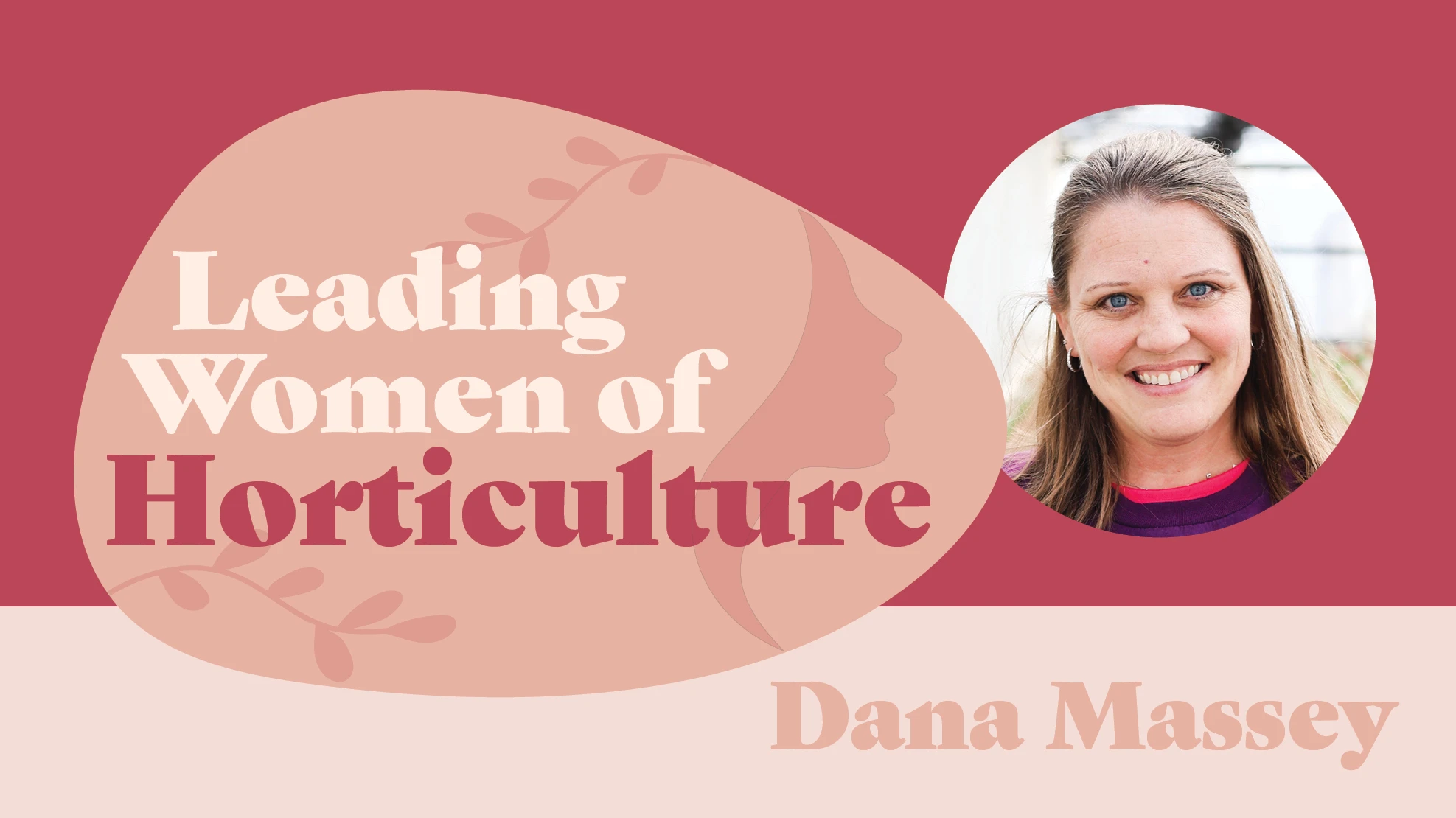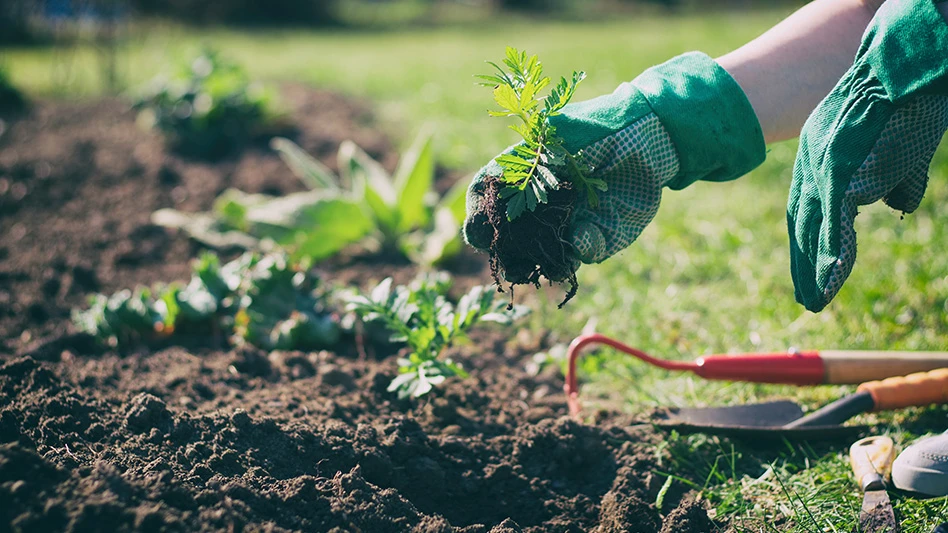

What is the 2022 houseplant season looking like at your garden center?
Rolling Ridge Nursery
Houseplant sales are up so far this year at Rolling Ridge Nursery in Webster Groves, Missouri — about 25% over 2020 as a whole and 40% over previous years. “It actually started trending up prior to the pandemic,” says Denise DeGhelder, greenhouse manager. “It has definitely changed over the last probably five or more years.”
One of those big changes is the fact that sales of houseplants and indoor growing supplies have grown to 45-50% of the garden center’s overall retail revenue.
Avalow
Houseplants sales have quickly become more than half of all plant sales at Avalow in Santa Rosa, California. But this year, COO and co-founder Jeremy Nusser is seeing increased interest in lower light plants. “People are kind of starting to tiptoe back into the office but they’ve gotten used to their beautiful houseplant collections at home. But their office lighting needs are different.”
So this year, the garden center is exploring easier-to-care-for plants and finding “some really fun options,” Nusser says.
Lacoste Garden Centre
The past three years have brought particularly strong houseplant sales at Lacoste Garden Centre in Winnipeg, Manitoba. But Jordan Hiebert, president, says he’s seeing a slowdown so far this year compared to 2021, which had exceptional sales. He also notes that early spring was looking snowy in Manitoba, which could be keeping customers at home.
Lacoste is seeing consistent sales across seasons and houseplants are now so high-volume that they have their own department. “It’s become almost more like perennials for us. The numbers mean it needs its own supervisor and its own staff dedicated to it,” Hiebert says.
How have you been managing supply chain issues?
Lacoste Garden Centre
This year’s bookings are done at Lacoste, but many suppliers to the south weren’t even accepting bookings last year. Now the garden center is ordering plants as-needed and shipments are arriving just in the nick of time on a weekly or monthly basis.
Just recently, the garden center started to grow some of its own plant material — mostly rare hoyas — which are selling well. “But it’s costing more to grow as plastic costs continue to rise,” Hiebert says.
Thankfully, Lacoste has not seen an increase in liners or plants other than shipping costs and is looking into other rooted options to grow more indoor plant material.
Avalow
Avalow grows about a third of its houseplant material and buys the rest in from a “pretty broad array of growers,” Nusser says. Over the past few years, the company has been casting a broader net to find growers that can provide a consistent, reliable supply, and learning what each one specializes in.
Rolling Ridge Nursery
Besides some smaller houseplants in 2- or 4-inch pots grown in-house, Rolling Ridge Nursery relies on a Florida broker for most of its supply. As of late March, the garden center was booking at least two weeks in advance and starting to increase its frequency of shipments from the Sunshine State from once a month in the winter to two or three times a month in spring.
“Having a good broker makes a big difference,” DeGhelder says. “It costs you a little bit more but it definitely makes a huge difference.”

What have been your most successful marketing methods?
Lacoste Garden Centre
Most of Lacoste’s marketing is done via social media along with a little bit of radio advertising, which target different kinds of customers, Hiebert says. The garden center will sometimes do promoted social media posts, but the ‘Friday Favorite’ posts with staff picks are always a hit.
“It’s a chance for people to kind of connect to the staff at the store,” Hiebert says. “We never tell them what to pick but I do tell them if they do work in a department, not to pick things just from there.”
Rolling Ridge Nursery
“It’s definitely all about Instagram,” DeGhelder says. “It’s Facebook somewhat, but Instagram is huge.”
The company also puts out a newsletter, but DeGhelder says Instagram is the place to market hard-to-find houseplants like Syngonium Frosted Heart and Philodendron Painted Lady. “You put those out there on social media and people will literally walk in within 20 minutes with their phones in their hands asking for it.”
Avalow
When shipments arrive, Avalow is sure to put up an Instagram story to show off what’s new at the store. “Your most avid followers — that’s what they’re looking for. The collectors are really tuned into what you’re offering,” Nusser says.
The garden center also hosts pop-ups and workshops to bring new customers into the garden center and support its core mission of education. “We find that the more people we help get the right plant or get them success with their plant, the more they tell people they have to go to our store,” Nusser says. “Because they’re not only going to be able to get these plants, they’re going to be able to grow them up really successfully and have the jungle they always wanted,” Nusser say, which is why staff education is also a key part of Avalow’s marketing strategy.
What do you think is next in the rare houseplant market?
Avalow
“It has blown up but we’re actually seeing it ramp up even faster,” Nusser says of the interest in rare varieties. As more and more people fall in love with houseplants, he thinks they’ll continue to look for unusual options. And as some of the rarer varieties become more available, price points are dropping, making them more accessible.
But people are also generally willing to pay more for their plants. “It wasn't that long ago that having a discussion about a $100 plant was just heresy basically,” Nusser says. “And now, it’s just like, ‘OK, here you go! I’ll take it!’”
Lacoste Garden Centre
“The one thing I would note is that the market is mature,” Hiebert says. “The customers are looking for something very specific, whereas before, you’d see people coming in for the hot new plants, but those are becoming more common.”
For example, Alocasia Silver Dragon was once incredibly difficult to find. Now, Lacoste has it regularly stocked. “I’ve got a table assortment of all kinds of alocasia,” Hiebert says, listing off Dragon Scale and Black Velvet as just a few options.
He’s noticing that shoppers aren’t necessarily even looking for the rarest or the most popular varieties; they’re just looking for something very specific.
Rolling Ridge Nursery
DeGhelder sees the trendy plant craze continuing as well. “We thought in 2018, 2019 that it was going to slow down and it just really hasn’t,” she says. “There’s just so much interest.”
Rolling Ridge has even launched an indoor plant care service to help customers assess their living spaces, especially their lighting, to find plants that will thrive in their homes.

Explore the April 2022 Issue
Check out more from this issue and find your next story to read.
Latest from Garden Center
- Brand Spotlight: Growing Sweet Success in Small Spaces with Butterfly Candy™ Buddleia
- Super Charged Moon Juice from Moon Valley Nurseries now available nationally
- 2025 Proven Winners Horticulture Scholarship applications now open
- Leading Women of Horticulture: Anna Ball, Ball Hort, and Terri McEnaney, Bailey Nurseries
- Dümmen Orange North America celebrating 25th anniversary in 2025
- Illinois Landscape Contractors Association changes name to Landscape Illinois
- Leading Women of Horticulture: Arden Pontasch, North Creek Nurseries
- Spring Meadow Nursery's Freedom Shelley finds joy in plants






